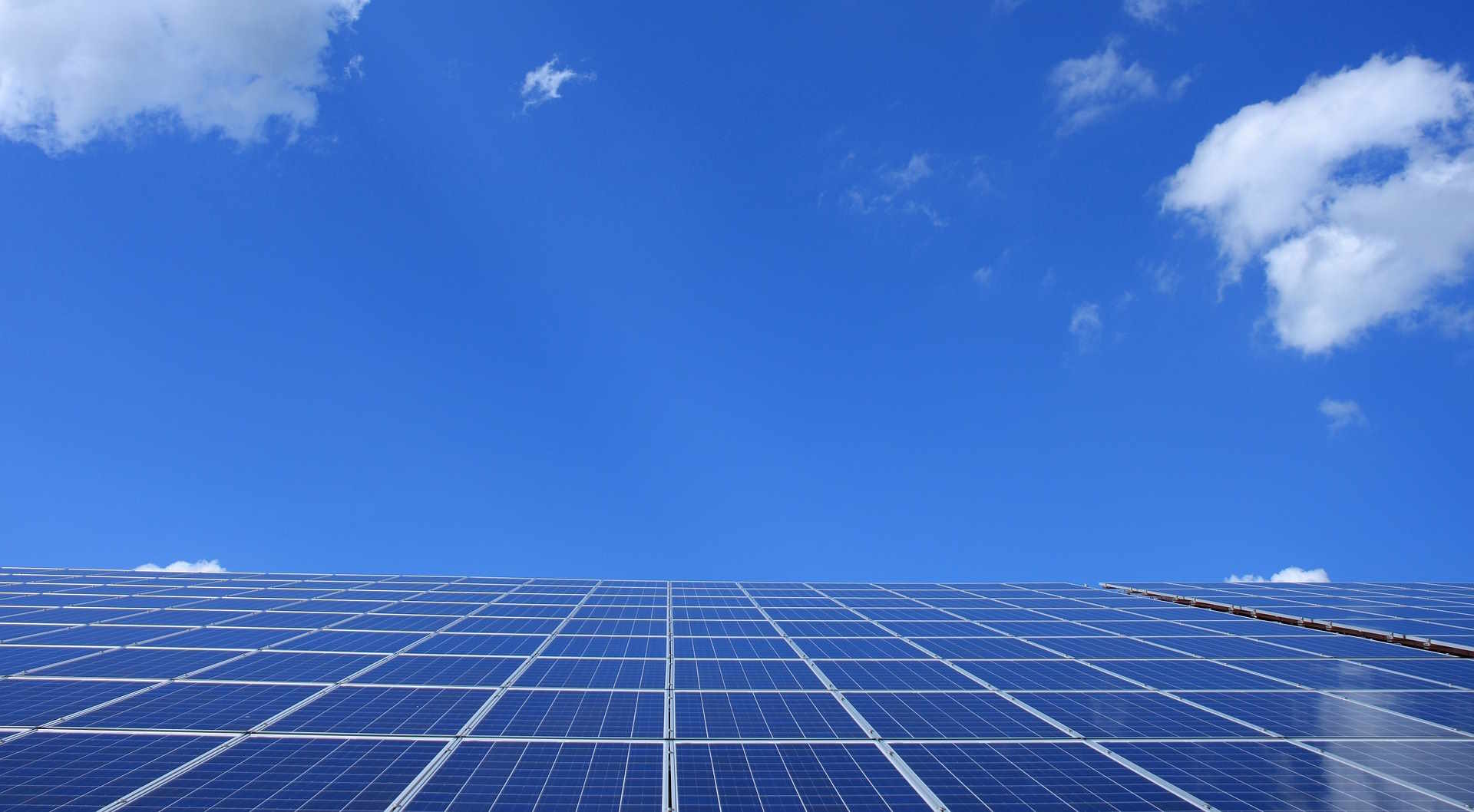10kWh power storage – ideal for single-family homes
Home energy storage solutions are gaining momentum in the UK as energy costs soar and sustainability becomes imperative. These systems, popularized by options like solar batteries, offer independence and savings by efficiently storing renewable energy. Understanding the benefits, technologies, and financial incentives available helps UK homeowners make informed decisions for a sustainable future.

Modern households are increasingly turning to battery storage solutions to complement their renewable energy systems and enhance their energy security. A 10kWh storage capacity has emerged as the optimal choice for average single-family homes, balancing performance, cost, and practicality in one comprehensive package.
Understanding Home Energy Storage Solutions for UK Families
Home energy storage systems work by capturing excess electricity generated during peak production periods, typically from solar panels during sunny days, and storing it for later use when generation is low or demand is high. For UK families, this technology addresses the common challenge of solar energy production peaking during midday when household consumption is often at its lowest. A 10kWh system can typically store enough energy to power essential household appliances for 8-12 hours, making it suitable for most family homes with moderate energy consumption patterns.
Key Benefits of Adopting Home Batteries
The advantages of installing a home battery system extend beyond simple energy storage. Families experience significant reductions in their reliance on grid electricity, particularly during peak rate periods when energy costs are highest. Battery systems also provide backup power during outages, ensuring critical appliances like refrigerators, lighting, and communication devices remain operational. Additionally, many systems offer smart management features that automatically optimize energy usage based on consumption patterns and electricity rates, maximizing both savings and efficiency.
Types of Battery Technologies and Their Applications
Several battery technologies dominate the home storage market, each with distinct characteristics. Lithium-ion batteries, particularly lithium iron phosphate (LiFePO4), are the most common choice due to their high energy density, long lifespan, and declining costs. These systems typically last 10-15 years with minimal maintenance. Lead-acid batteries offer a lower upfront cost but have shorter lifespans and lower efficiency rates. Newer technologies like saltwater batteries provide environmentally friendly alternatives, though they currently occupy a smaller market share due to higher costs and lower energy density.
Financial Incentives and Considerations
The UK government and various local authorities offer several incentives to encourage home battery adoption. The Smart Export Guarantee (SEG) allows homeowners to sell excess stored energy back to the grid, creating an additional revenue stream. Many energy suppliers also offer time-of-use tariffs that enable significant savings when combined with battery storage. The initial investment can be offset through reduced electricity bills, with many systems paying for themselves within 7-10 years depending on usage patterns and local energy rates.
| Battery System | Provider | Capacity | Cost Estimation |
|---|---|---|---|
| Tesla Powerwall 2 | Tesla | 13.5kWh | £8,000-£12,000 |
| LG Chem RESU 10H | LG Energy | 9.8kWh | £6,500-£9,500 |
| Sonnen Eco 10 | Sonnen | 10kWh | £9,000-£13,000 |
| Pylontech US3000C | Pylontech | 10.5kWh | £5,000-£7,500 |
| BYD Battery-Box Premium | BYD | 10.24kWh | £6,000-£8,500 |
Prices, rates, or cost estimates mentioned in this article are based on the latest available information but may change over time. Independent research is advised before making financial decisions.
The installation process for a 10kWh system typically takes 1-2 days and requires professional electrical work to ensure safety and compliance with local regulations. Most systems integrate seamlessly with existing solar installations and can be monitored remotely through smartphone applications. Regular maintenance is minimal, usually consisting of periodic software updates and basic visual inspections.
Choosing the right 10kWh storage solution depends on individual household needs, existing electrical infrastructure, and budget considerations. Professional assessment by qualified installers helps determine the optimal system configuration and ensures maximum benefit from this investment in energy independence and sustainability.




